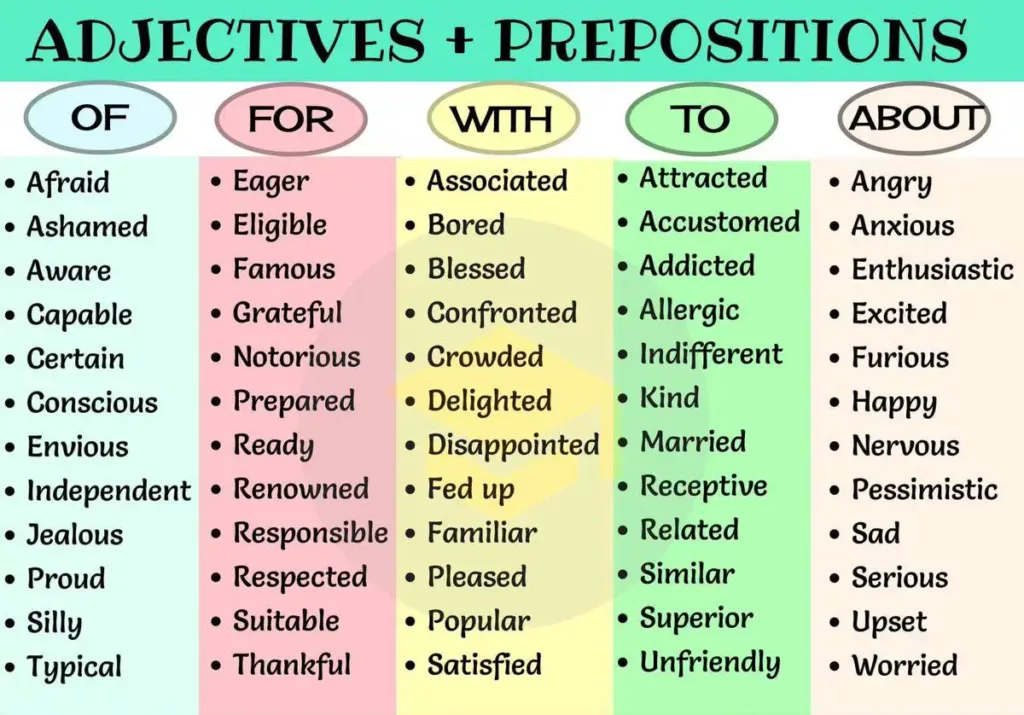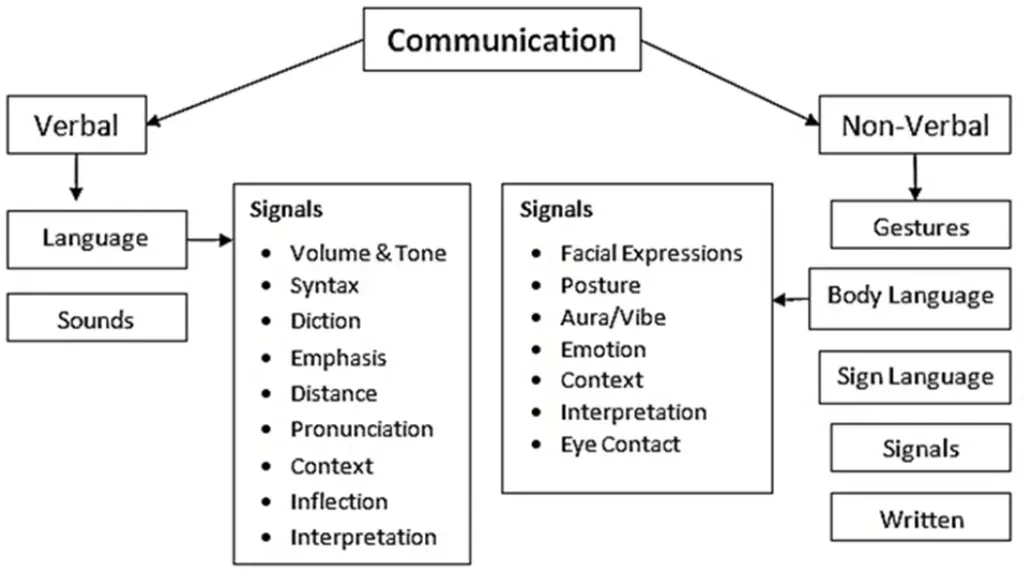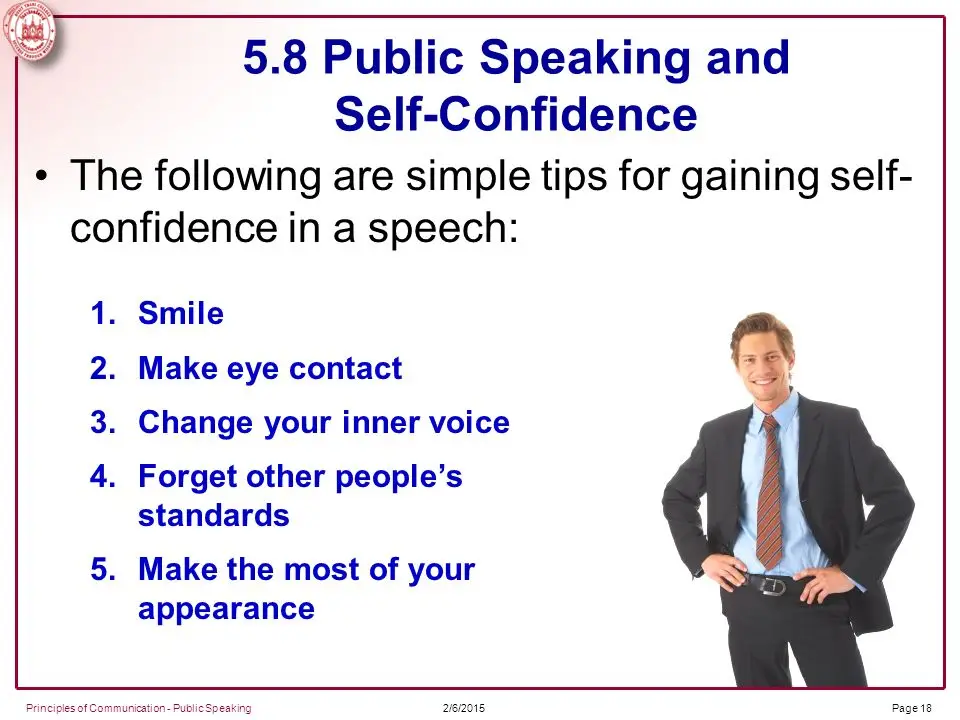“Mastering Daily English Conversations: An Interactive Approach to Enhance Your English Speaking Skills”
“Are your English conversations stuck in a rut and sounding more monotonous than a broken record? Not to worry! ‘Mastering Daily English Conversations: An Interactive Approach to Enhance Your English Speaking Skills’ is here to save the day. This is your trusty sidekick in the quest to transform from being a shy speaker to a confident conversationalist. Dive in and let’s turn your ‘umms’ and ‘uhhs’ into eloquent discourses that will leave listeners hang on to every word you utter!”
Introduction: Setting the stage for enhancing conversational English skills.
Mastering the art of English conversation requires an understanding of the language’s nuances and a willingness to practice. Our journey begins with the basics: expanding vocabulary, perfecting pronunciation, and refining grammar. As we progress, we will delve into the intricacies of context, cultural references, idioms, and colloquial expressions that give English its unique flavor. By incorporating interactive exercises and real-world scenarios, we aim to create a realistic and engaging platform for you to practice and improve. By the end of this book, we hope that you not only speak English more fluently and confidently, but also enjoy the process of learning and the beauty of the language itself. So let’s begin our journey to master daily English conversations together!
Chapter 1: The Art of Small Talk: Exploring the nuances of initiating and maintaining casual conversations.

Small talk is often considered an art in itself. The ability to initiate and maintain casual, informal conversations is a skill that can open doors in both personal and professional realms. This chapter aims to guide you in mastering this art by providing you with the knowledge and tools you need to confidently engage in small talk in various situations.
We’ll begin by understanding what small talk is and why it’s vital in daily communications. We’ll then move on to discuss various strategies for initiating small talk, from finding common ground to asking open-ended questions. The chapter will also cover techniques for maintaining conversations and making them engaging and meaningful for all parties involved, such as active listening and appropriate responses.
To better equip you with practical skills, we’ll include interactive exercises and examples throughout this chapter. Each exercise will be designed to help you practice and apply what you learn, simulating real-world scenarios that you may encounter in your day-to-day interactions.
By the end of this chapter, we hope you’ll be able to approach small talk with more confidence and ease, turning every casual conversation into an opportunity to connect, learn, and grow. So let’s dive in and start exploring the art of small talk!
Chapter 2: Vocabulary Expansion: Techniques for learning and incorporating new words into daily speech

Vocabulary is the cornerstone of effective communication. In this chapter, we will explore various techniques that can aid in expanding your English vocabulary, enabling you to express yourself more fluently and accurately in everyday conversations. We’ll start by emphasizing the importance of regular reading and listening, which present opportunities to encounter new words and phrases in context.
We will then discuss the use of flashcards and language apps as interactive tools for vocabulary building, along with the practice of word association and memory techniques to aid in long-term word retention. Furthermore, we will introduce the concept of ‘collocations’, which refers to the way English words tend to pair together, enhancing your ability to sound natural in your speech.
To reinforce these vocabulary building strategies, this chapter will include a host of exercises and quizzes designed to offer practical application and reinforce retention. Remember, the goal is not simply to memorize words, but to learn how to use them appropriately in context. By the end of this chapter, we aim to equip you with a broader and more versatile English vocabulary that you can confidently incorporate into your daily conversations. So, let’s embark on this journey of vocabulary expansion together!
Chapter 3: Mastering Pronunciation: Guidance on correct pronunciation to enhance comprehension and fluency.

Pronunciation forms the essence of clear and fluent communication in English. This chapter will provide comprehensive guidance on mastering pronunciation – an often overlooked but crucial component of the language. We’ll begin by acquainting you with the phonetic alphabet, which forms the basis of English sounds. Following that, we will delve into the specifics of vowel and consonant sounds, shedding light on elements like intonation, stress, and rhythm that bring the language alive.
We will also discuss common pronunciation errors and provide tips on how to avoid them. To help you practice, we will integrate interactive audio exercises throughout the chapter, encouraging you to listen, repeat, and record your speech. This hands-on approach will allow you to grasp the nuances of pronunciation, improving your comprehension and making your speech more intelligible to native speakers.
By the end of this chapter, our aim is for you to feel confident in your pronunciation skills, which will, in turn, enhance your overall oral communication. So, let’s conquer the world of pronunciation together!
Chapter 4: Grammar in Conversation: Practical applications of grammar rules in spoken English.

Grammar is the structural foundation that gives meaning to a language. In this chapter, we will delve into the practical applications of grammar rules in spoken English. It’s important to note that conversational English often adheres to a looser set of rules compared to written English, and our goal is to help you understand and navigate these differences.
We will dissect various grammatical elements such as tenses, subject-verb agreement, and the use of prepositions, highlighting their importance in conveying accurate information. More importantly, we will explore how these elements are used in everyday conversations, helping you appreciate the rules not as strict laws, but as flexible tools for effective communication.
To solidify your understanding, this chapter will be peppered with interactive exercises, dialogues, and real-world scenarios that give you a chance to put these rules into practice. By the end of this chapter, we hope you’ll master the way grammar is used in spoken English, allowing you to converse more naturally and confidently. So, let’s turn the page and dive into the fascinating world of grammar in conversation!
Chapter 5: Non-Verbal Communication: Understanding the role of body language and facial expressions in conversations.

Non-verbal communication plays a pivotal role in the way we interact with others. It is often said that actions speak louder than words, and in this chapter, we will explore how body language and facial expressions can communicate volumes, sometimes even more than spoken words. We’ll begin by discussing the significance of body language, from postures and movements to eye contact and gestures, and how they can reflect one’s feelings, attitudes, and intentions.
Then, we’ll delve into the realm of facial expressions, which are universal indicators of human emotions. By understanding and properly interpreting these non-verbal cues, you can enhance your interpersonal communication and build stronger, more authentic connections with people around you.
Throughout this chapter, we’ll feature interactive exercises and real-life scenarios to help you understand and apply the principles of non-verbal communication. By the end of this chapter, we aim to heighten your awareness of this silent but powerful language, enabling you to communicate more effectively beyond words. So, let’s unravel the secrets of non-verbal communication together!
Chapter 6: Conversational Etiquettes: Insights on polite conversation, cultural sensitivities, and respect.

Conversational etiquette, also known as the art of conversation, forms a crucial aspect of effective communication. This chapter will guide you through the nuances of polite conversation, respect, and cultural sensitivities, equipping you with the skills to navigate social and professional interactions with grace. We’ll begin by addressing the importance of politeness in communication, including the use of courteous language, active listening, and thoughtful responses.
Next, we will touch upon the subject of respect in conversation, emphasizing the value of acknowledging differing viewpoints and maintaining a respectful tone, even in disagreement. Subsequently, we’ll explore the realm of cultural sensitivity, shedding light on the significance of understanding and respecting diverse cultural norms in conversation.
This chapter will be interspersed with practical exercises and real-life scenarios that will help you apply these etiquettes in various conversational contexts. By the end of this chapter, our goal is to enhance your conversational skills, enabling you to communicate respectfully and effectively with a diverse range of individuals. So, let’s step into the world of conversational etiquettes together!
Chapter 7: Confidence in Public Speaking: Overcoming fear and building confidence to speak in public.

Public speaking can be an intimidating task for many. However, confidence in public speaking is a skill that can be nurtured and developed with practice and the right guidance. This chapter will focus on helping you conquer the fear of public speaking and equip you with strategies to build your confidence while addressing a crowd.
We will begin by addressing the common fears associated with public speaking and suggesting ways to manage and overcome these anxieties. We’ll then delve into techniques for building confidence – from thorough preparation and practice to mastering the art of body language and vocal modulation.
Furthermore, we will also explore the concept of audience engagement, as understanding your audience and successfully interacting with them is a key element of effective public speaking. To help you put these strategies into practice, this chapter will include interactive exercises and real-life scenarios that stimulate public speaking situations.
By the end of this chapter, our objective is for you to feel empowered and confident to take the stage, communicate your ideas compellingly, and make a meaningful connection with your audience. So, let’s take this journey towards confident public speaking together!
Chapter 8: Role-Play Scenarios: Practice exercises with common situations to apply learned skills.
In this final chapter, we are going to put all the skills you have learned into practice through a series of role-play scenarios. These scenarios are designed to mimic real-life situations where effective communication is key. This will not only give you the opportunity to apply your newly acquired skills in a controlled environment, but also allow you to understand how they work in conjunction with each other in a natural conversation.
We will cover a wide range of situations, from professional encounters such as job interviews, business meetings, and public speaking events, to more personal scenarios like casual conversations with friends, family gatherings, and social events. Each scenario will come with a detailed breakdown, highlighting the application of various communication skills and providing actionable tips and strategies to handle similar situations in real life.
We’ve also included interactive exercises within these scenarios to further reinforce your understanding and application of the skills taught in earlier chapters. By the end of this chapter, our aim is to have you feel confident and well-equipped to communicate effectively in a multitude of contexts. So, let’s get you ready to navigate the world of communication with poise and confidence. Time to roll up your sleeves and dive into these role-play scenarios!
Continuous Learning: Emphasizing the importance of regular practice and lifelong learning in mastering English conversations.
Mastering English conversations is not a one-time endeavor but rather a continuous, lifelong process. Through regular practice, you can refine your language skills, improving your fluency, vocabulary, and comprehension. Moreover, by continually exposing yourself to different contexts and forms of communication, you can better adapt to the changing norms of language use and stay relevant in your interactions.
But beyond just practicing, it is also essential to engage in lifelong learning. Lifelong learning involves staying curious and open-minded, always willing to learn something new and to improve. This can take the form of reading books, attending workshops, enrolling in online courses, or simply engaging in thoughtful conversations with others. By cultivating a habit of lifelong learning, you can continuously grow and develop your English conversation skills, ensuring that you can communicate effectively, regardless of the situation or audience.
Remember, the journey to mastering English conversations is a marathon, not a sprint. Patience, persistence, and a positive attitude are your best companions on this journey. So, keep practicing, keep learning, and keep growing. Your efforts will surely pay off.
And there you have it – a comprehensive guide to mastering the art of English conversations, all neatly packed into one handy resource! We dove into the depths of language nuances, navigated through the intricacies of etiquette, braved the thunderous applause of public speaking, and even played our parts in some role-play scenarios.
But does the journey end here? Not by a long shot, my friend! Remember, language is a living, breathing entity, changing and growing with every conversation. It’s a dance that never ends, a song that never fades, a book that never finishes. So, keep dancing, keep singing, keep reading, and most importantly, keep learning. Because as the wise old owl in the world of conversation says, “He who talks more, learns more.” So, let’s get talking, shall we?

